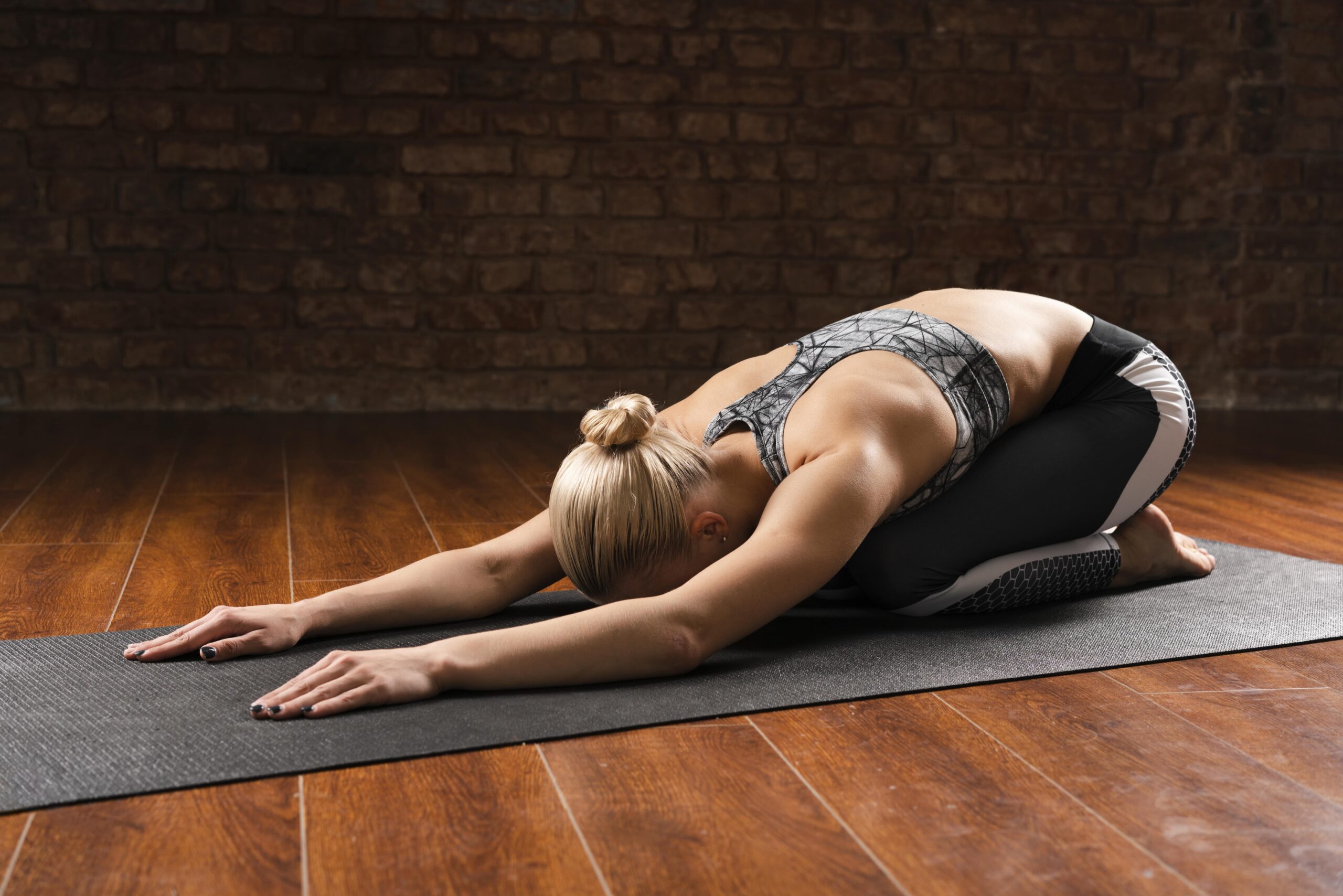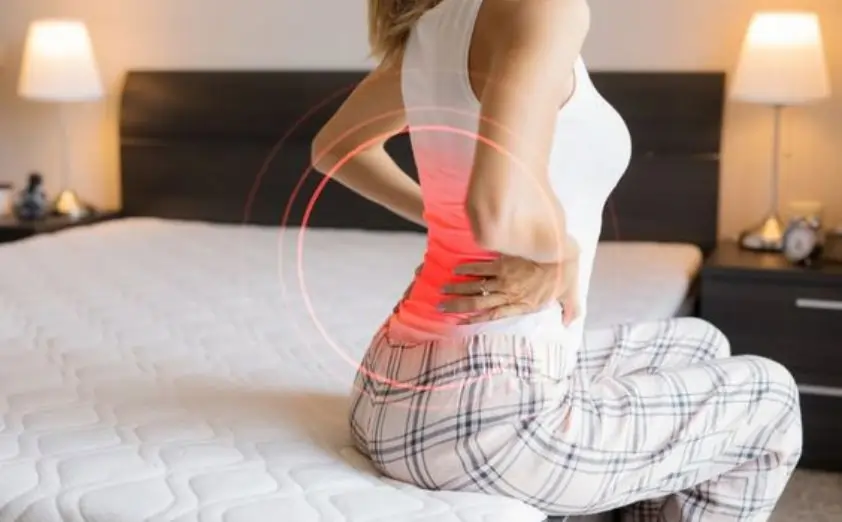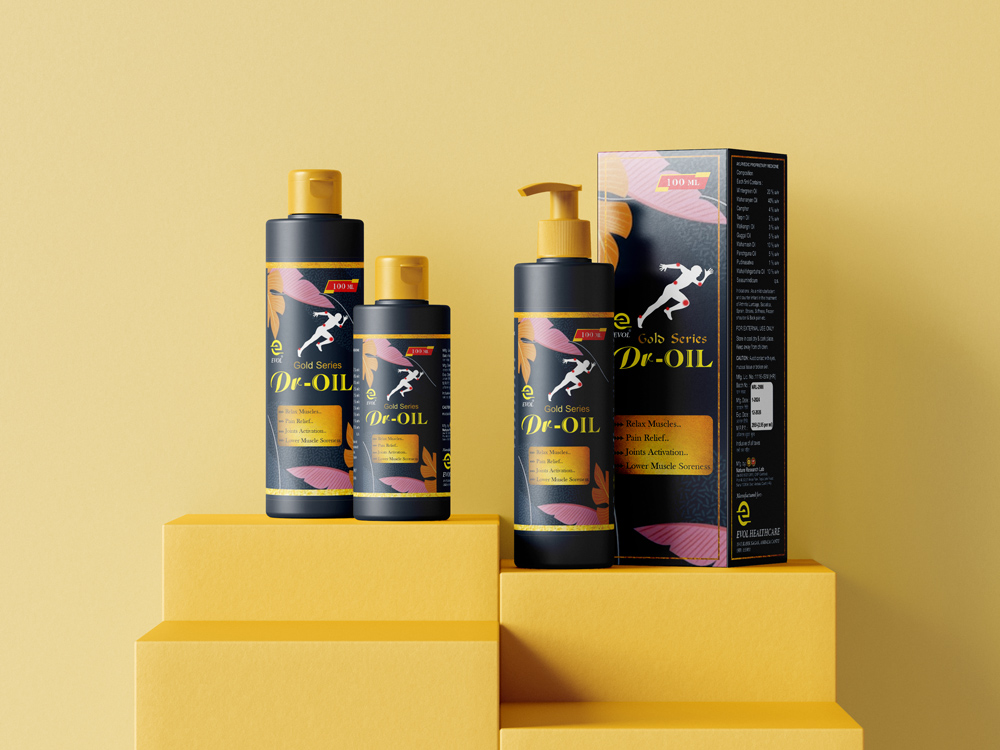A widespread problem of lower back pain affects millions of individuals globally. It’s likely that you have dealt with lower back pain at some point in your life, whether you work in an office, enjoy working out, or stand for extended periods of time. This pain can be anything from a minor inconvenience to a crippling illness that interferes with your everyday activities. While we at EVOL Healthcare recognize the value of a healthy back, we created DR-OIL, a pain treatment oil that relieves lower back pain quickly and effectively.
We’ll look at a number of lower back exercises in this blog article that can help maintain your back strong and flexible while also relieving stress. These are simple exercises that you may do at home or at the office. By including these exercises in your regular routine, you can enhance your general health and prevent lower back pain.
Understanding Lower Back Pain
It’s important to know the typical reasons of lower back pain before starting the exercises. With this information, you may determine the cause of your discomfort and modify your workout schedule to target particular problems.
- Muscle Strain: Overuse or sudden movements can strain the muscles and ligaments in your lower back, leading to pain and stiffness.
- Poor Posture: Sitting or standing with poor posture can put excessive strain on your lower back muscles and spine, leading to discomfort.
- Herniated Discs: A herniated disc occurs when the soft material inside a spinal disc pushes through a crack in the tougher exterior, irritating nearby nerves and causing pain.
- Degenerative Disc Disease: As we age, the discs in our spine can degenerate, leading to chronic pain and reduced mobility.
- Sciatica: Sciatica occurs when the sciatic nerve is compressed, often by a herniated disc, causing sharp pain that radiates from the lower back down the leg.
The Importance of Exercise for Lower Back Health
Exercise on a regular basis is essential to preserving lower back health. It promotes healing and lessens discomfort by strengthening the muscles that support the spine, increasing blood flow to the area, and improving flexibility. The following are some major advantages of including lower back exercises in your schedule:
- Strengthening Core Muscles: A strong core provides better support for the lower back, reducing the risk of injury and pain.
- Improving Flexibility: Flexible muscles and joints reduce the strain on the lower back and improve overall mobility.
- Promoting Good Posture: Regular exercise helps correct posture, reducing the stress placed on the lower back.
- Enhancing Circulation: Increased blood flow to the lower back promotes healing and reduces inflammation.
Effective Exercises to De-Stress Your Lower Back
1. Cat-Cow Stretch
The Cat-Cow stretch is a gentle, flowing movement that helps increase flexibility and relieve tension in the lower back.
How to Perform:
- Start on your hands and knees in a tabletop position.
- Inhale as you arch your back, lifting your head and tailbone toward the ceiling (Cow pose).
- Exhale as you round your spine, tucking your chin to your chest and drawing your belly button toward your spine (Cat pose).
- Repeat this movement for 1-2 minutes, focusing on the fluid motion of your spine.
Example: Imagine you’ve been sitting at your desk all day, feeling stiff and achy. Taking a few minutes to do the Cat-Cow stretch can help release that tension and rejuvenate your lower back.
2. Child’s Pose
Child’s Pose is a restorative yoga pose that gently stretches the lower back, hips, and thighs.
How to Perform:
- Kneel on the floor with your big toes touching and knees spread wide apart.
- Sit back on your heels and extend your arms forward, lowering your chest toward the floor.
- Rest your forehead on the ground and relax in this position for 1-2 minutes, breathing deeply.
Example: After a long run, your lower back might feel tight and sore. Spending a few minutes in Child’s Pose can help alleviate that discomfort and promote relaxation.
3. Pelvic Tilts
Pelvic tilts are a simple yet effective exercise for strengthening the lower back and abdominal muscles.
How to Perform:
- Lie on your back with your knees bent and feet flat on the floor.
- Tighten your abdominal muscles and flatten your lower back against the floor.
- Hold this position for a few seconds, then relax.
- Repeat 10-15 times, focusing on controlled movements.
Example: If you experience lower back pain after lifting heavy objects, incorporating pelvic tilts into your routine can help strengthen your core and reduce the risk of injury.
4. Bridge Exercise
The bridge exercise targets the glutes, hamstrings, and lower back muscles, helping to build strength and stability.
How to Perform:
- Lie on your back with your knees bent and feet flat on the floor.
- Lift your hips toward the ceiling, squeezing your glutes and engaging your core.
- Hold this position for a few seconds, then lower your hips back to the floor.
- Repeat 10-15 times, focusing on maintaining a straight line from your shoulders to your knees.
Example: If you spend a lot of time sitting, your glutes and lower back muscles may become weak. Regularly performing bridge exercises can help counteract this weakness and reduce lower back pain.
5. Knee-to-Chest Stretch
The knee-to-chest stretch helps relieve tension in the lower back and promotes flexibility.
How to Perform:
- Lie on your back with your knees bent and feet flat on the floor.
- Bring one knee toward your chest, holding it with both hands.
- Hold this position for 20-30 seconds, then switch legs.
- Repeat 2-3 times on each side.
Example: After a long day of standing, your lower back may feel tight. The knee-to-chest stretch can help release that tension and improve flexibility.
6. Piriformis Stretch
The piriformis muscle, located deep in the buttock, can contribute to lower back pain if it becomes tight or irritated. Stretching this muscle can help alleviate discomfort.
How to Perform:
- Lie on your back with your knees bent and feet flat on the floor.
- Cross one ankle over the opposite knee.
- Gently pull the bottom leg toward your chest until you feel a stretch in your buttock.
- Hold this position for 20-30 seconds, then switch sides.
- Repeat 2-3 times on each side.
Example: If you experience sciatic pain, stretching the piriformis muscle can help reduce the pressure on the sciatic nerve and alleviate discomfort.
7. Spinal Twist
The spinal twist is a gentle stretch that helps improve flexibility and relieve tension in the lower back and spine.
How to Perform:
- Sit on the floor with your legs extended.
- Bend one knee and place your foot on the outside of the opposite thigh.
- Twist your torso toward the bent knee, placing your opposite elbow on the outside of the bent knee for leverage.
- Hold this position for 20-30 seconds, then switch sides.
- Repeat 2-3 times on each side.
Example: After a long car ride, your lower back may feel stiff. Performing a spinal twist can help release that stiffness and improve your range of motion.
8. Seated Forward Bend
The seated forward bend is a gentle stretch that targets the lower back, hamstrings, and calves.
How to Perform:
- Sit on the floor with your legs extended in front of you.
- Hinge at your hips and reach for your toes, keeping your back straight.
- Hold this position for 20-30 seconds, breathing deeply.
- Repeat 2-3 times.
Example: If you’ve been sitting at your desk for an extended period, a seated forward bend can help stretch your lower back and legs, relieving tension and promoting relaxation.
Incorporating DR-OIL into Your Routine
Even though consistent exercise is crucial for keeping your lower back healthy, there are moments when you just need quick pain and discomfort relief. This is where DR-OIL is beneficial. With the help of our carefully blended pain relief oil, you can quickly and painlessly resume your regular activities after experiencing lower back discomfort.
How to Use DR-OIL:
- Apply: Pour a small amount of DR-OIL into your palm and gently massage it into the affected area of your lower back.
- Massage: Use circular motions to massage the oil into your skin, focusing on areas of tension and discomfort.
- Relax: Allow the oil to absorb into your skin, providing soothing relief and promoting relaxation.
Example: Imagine you’ve just completed a challenging workout, and your lower back feels sore. Applying DR-OIL can help reduce inflammation and provide quick relief, allowing you to recover faster and get back to your routine.
Conclusion
One common problem that can seriously impair your quality of life is lower back discomfort. But you may effectively treat and avoid lower back ache with the correct mix of workouts and pain relievers like DR-OIL. Include these exercises in your everyday regimen to enhance flexibility, strengthen your back, and advance your general health. And never forget that you can rely on DR-OIL to help you get back on track when you need prompt and efficient relief.
Our goal at EVOL Healthcare is to make sure you never experience discomfort. Now is your chance to try our DR-OIL and see the difference for yourself.









